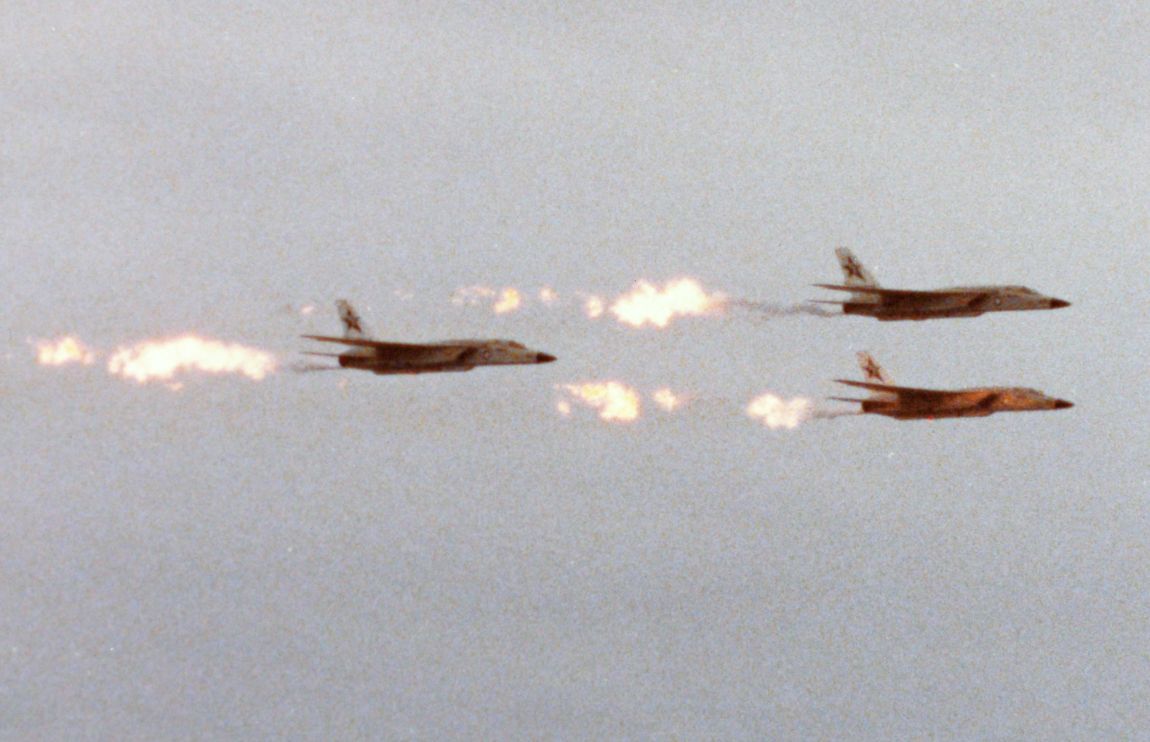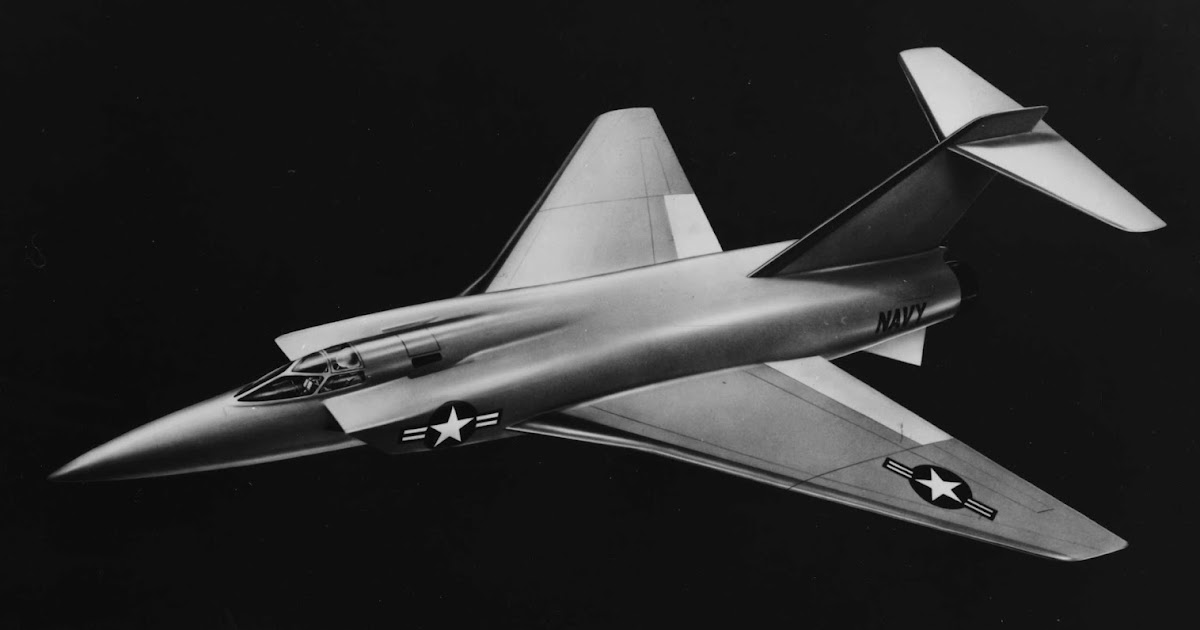If you need so, I'm not short of ideas to make the Super Tiger a slightly more viable option.
A small POD would be to get four, not two, of them build from 1955.
The OTL aircraft that flew were
F-11F-1F , which exactly mean "two Tigers with a J79 instead of a J65".
Back in 1955 however the USN very nearly made a contract to Grumman for two
F-12F, which exactly meant "two Super Tigers plus more goodies". The contract never happened, it was canned early 1956 because Crusader (meh).
Considering that OTL F-11F-1F very nearly swept the JASDF instead of goddam F-104s (according to Corky Meyer), maybe the F-12F would carry the day definitively.
See that link for the difference between the two "Super Tiger" variants.
This is not the Grumman F12F: It is the Grumman Design 118, proposed to the Navy in December 1955. The Navy rejected it because they di...

thanlont.blogspot.com


